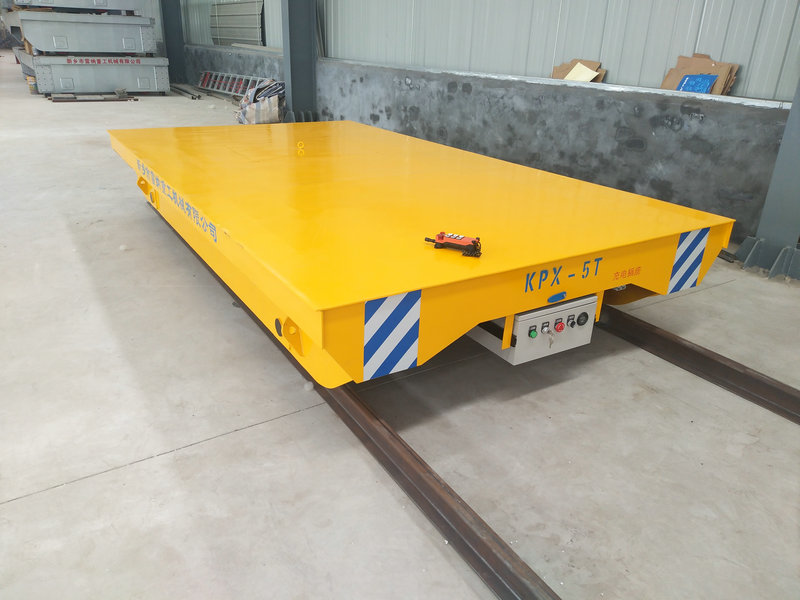The rail vehicle can achieve both longitudinal and lateral movement, which mainly depends on its design and application scenarios. Generally speaking, the rail vehicle mainly achieves movement by running on the preset fixed tracks. If it needs to move in both the longitudinal and lateral directions, it can usually be realized by designing cross tracks, circular tracks, branch tracks, or adopting special steering devices.
For example, in some automated warehouses or production lines, to meet the requirements of material handling and distribution, the rail vehicle may adopt a cross-track design. In this way, it can achieve continuous longitudinal and lateral movement on the fixed tracks. Additionally, some advanced rail vehicles are equipped with automatic steering devices, such as rail turntable vehicles. They can automatically adjust the direction when reaching a specific position, thus enabling more flexible movement.




